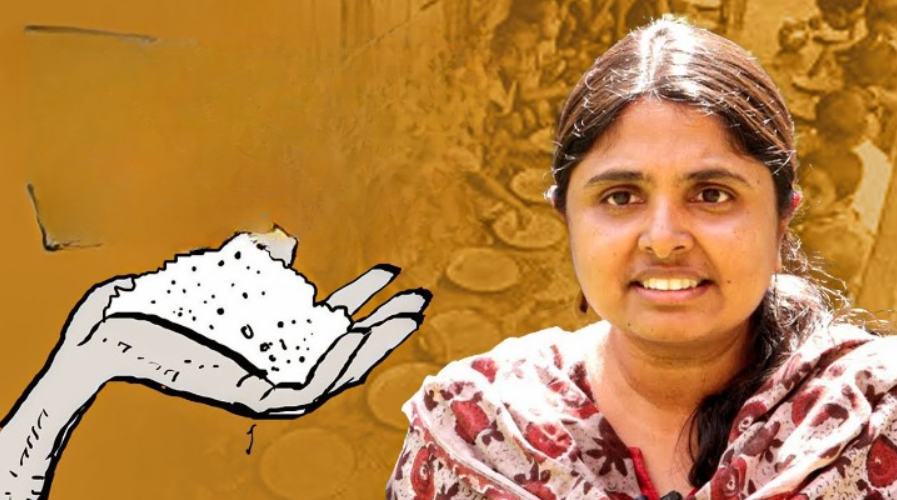
Dipa Sinha is an Asst Prof in Ambedkar University, Delhi, who teaches economics
https://www.sambhaavnaa.org/facilitators/dipa-sinha/
She has recently written an article about the Indian economy, which is given below :
https://thewire.in/category/economy/all
I submit that while she has correctly pointed out the defects in the Indian economy, she has no idea how the situation can be remedied.
Dipa has no doubt correctly mentioned that to remedy the situation the purchasing power of the Indian masses has to be increased, so that if industrial production increases the goods produced can be sold. But how can they be sold when our masses are very poor and hence lack purchasing power ?
There is no difficulty in increasing production in India since we have a huge pool of engineers, technicians, scientists and managers (Indian IT engineers are largely manning Silicon Valley in California, and Indian Professors are in Science, Engineering, and Maths departments of many American and other Western Universities), and we have immense natural resources.
But what is produced has to be sold, and how can it be sold when our people are too poor to buy? So how then can the purchasing power of our masses be raised? This is the cardinal question which must be solved if our economy is to revive.
I may give a historical example.
In the Soviet Union, after the 1917 Bolshevik Revolution, industrialisation on a large scale began in 1928 when the first 5 Year Plan was adopted.
The broad methodology which was then adopted in the Soviet Union was this: prices and wages were fixed by the government, and every 2 years or so prices of most commodities (food, clothes, etc ) were reduced by 5-10 per cent (and sometimes wages raised by 5-10 per cent). The result was that by state action (not laissez faire) the purchasing power of workers was raised (since wage is relative to the price index).
So even with the same wage the workers could now buy more goods ( since goods were getting steadily cheaper ). In this way the domestic market steadily expanded. Simultaneously, production was stepped up, and the increased goods could be absorbed in the domestic market.
Thus the Soviet economy rapidly grew after 1928 with full employment, at a time when the Great Depression (following the Wall Street Slump of 1929) resulted in huge decline in production and massive unemployment in the Western countries like USA, UK, Germany and France.
Here it may be mentioned that we must mainly rely on our domestic market if we want stability, because over-reliance on foreign markets is often precarious, as it may be cut off by another power, or there may be a recession in the foreign country.
Today there is a world wide recession, and we will find it difficult to compete with the Chinese and others in foreign markets. On the other hand, we have a huge population of 144 crore, and if our people’s purchasing power is raised our industries will have a huge domestic market for the goods they produce.
I am not saying India must follow the Soviet model. We can find out any other way of increasing the purchasing power of our masses. But unless we do that the economic situation will not improve, and in fact will in all probability get worse
